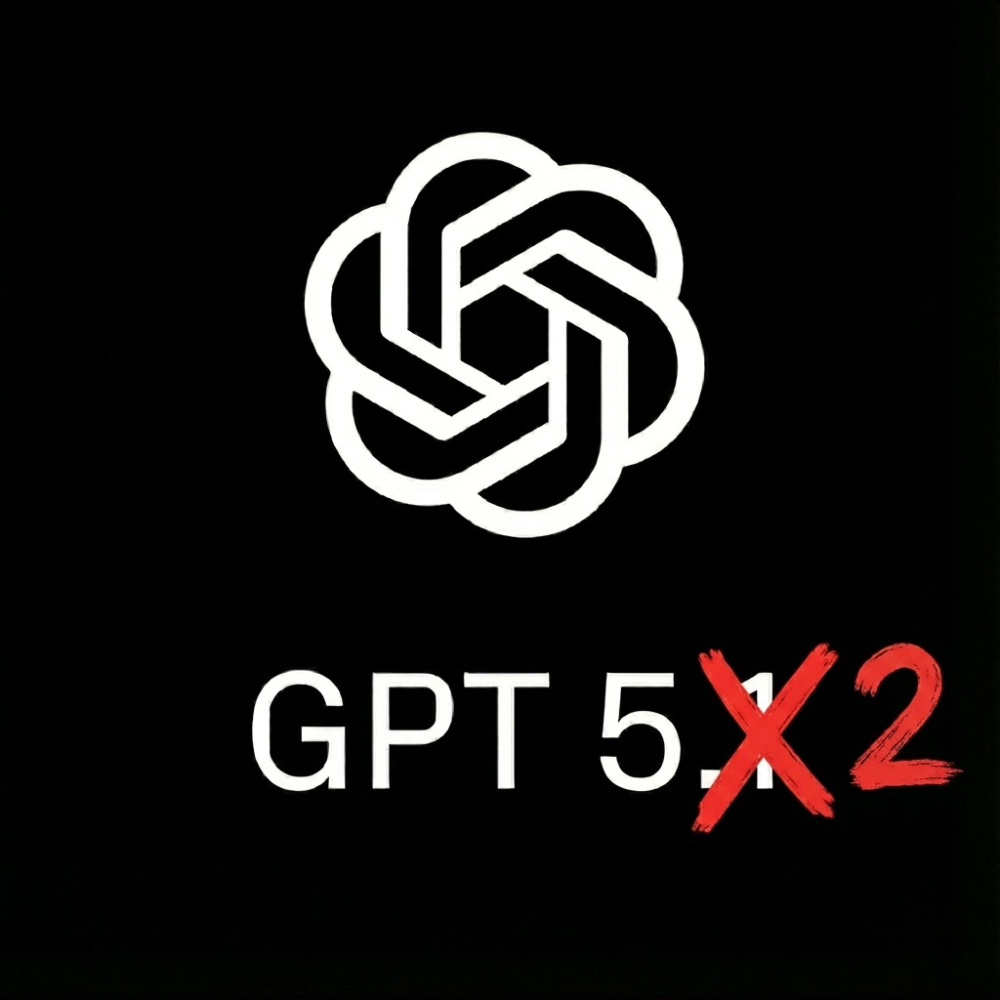Generative artificial intelligence draws from what humans have created without asking, and music is one of the most frequently used resources. Artists and organizations have been warning for months that their tracks are being used to train models without consent or compensation. Instead of another legal battle, the Swedish organization STIM, which represents over 100,000 composers, lyricists and publishers, opted for a systemic solution: a license that allows AI companies to legally use protected works, ensuring creators receive real revenues.
How does the STIM license work?
The model assumes not just classic licensing fees but also shares in future revenues and upfront payments for simply using tracks in the training process. The greater the demand for a given music, the higher the revenues for its creators. For the mechanism to function, tracking technology was essential — STIM requires that every AI company uses tools that identify the sources of training data. The first such company is the Stockholm-based start-up Songfox, which has implemented Sureel, a system that analyzes AI-generated works and attributes them to original works from the STIM database. This enables the real-time accounting of revenues based on specific data.






